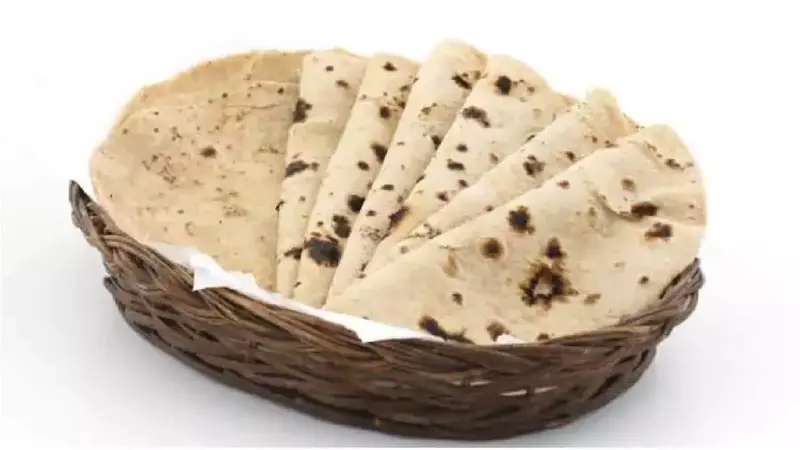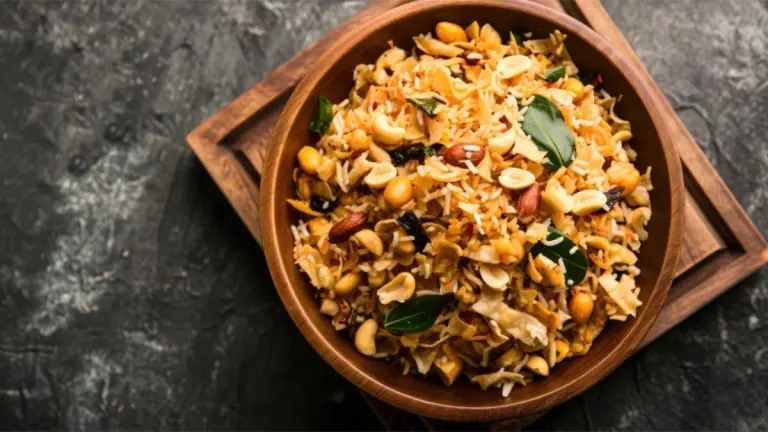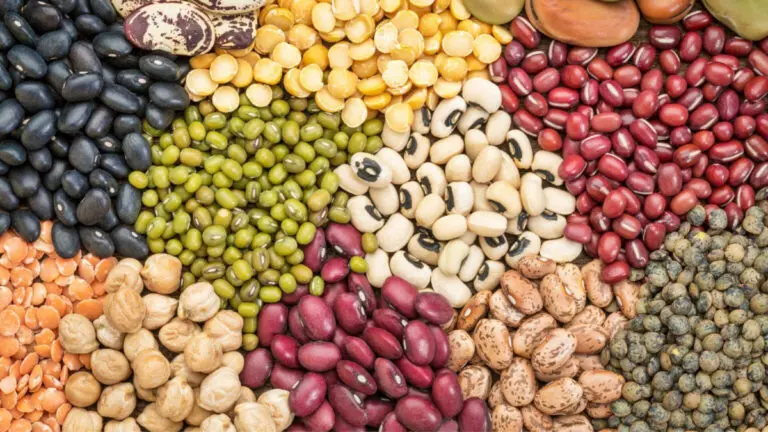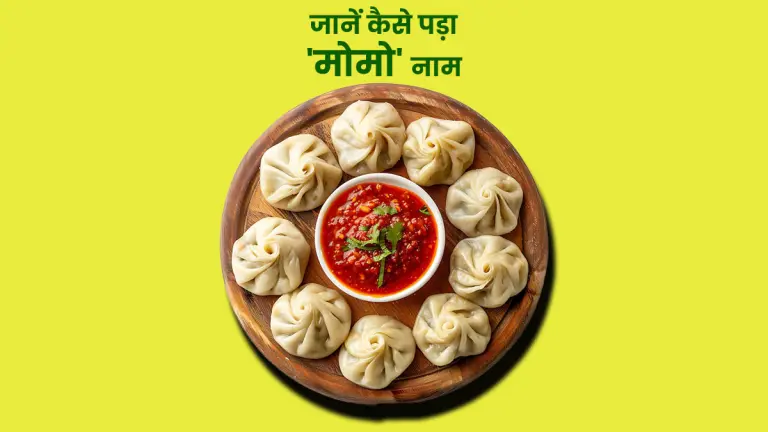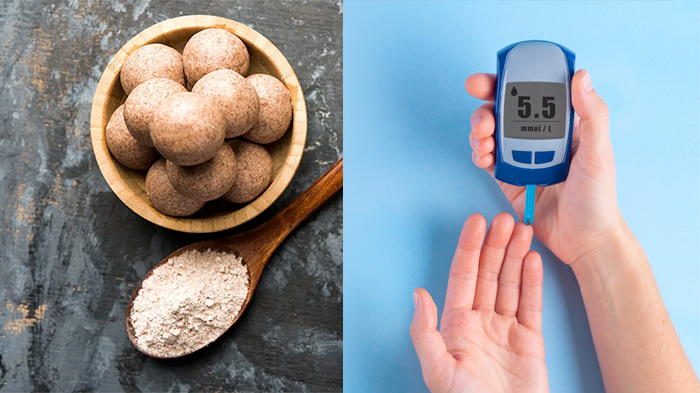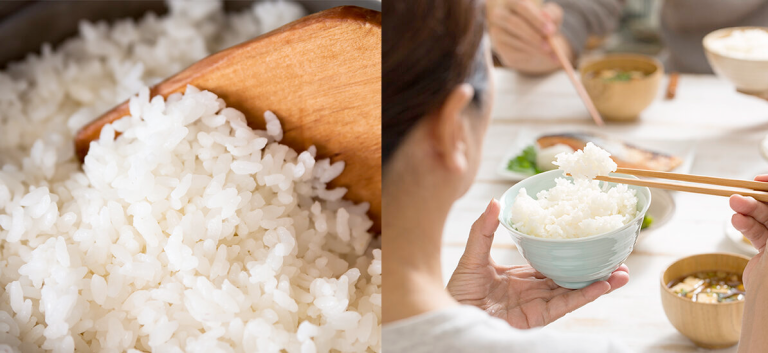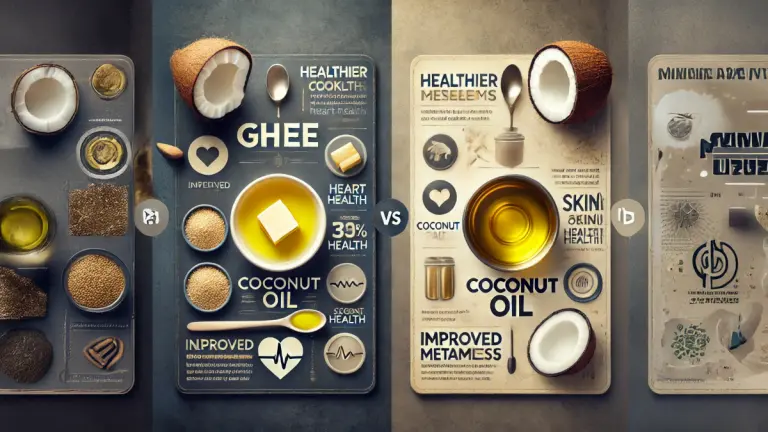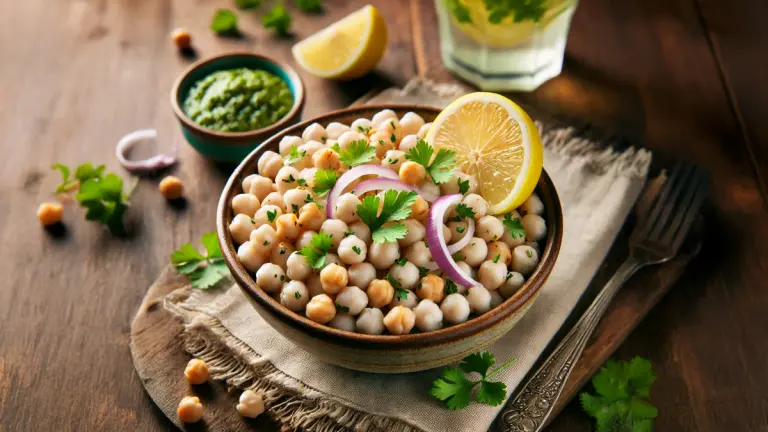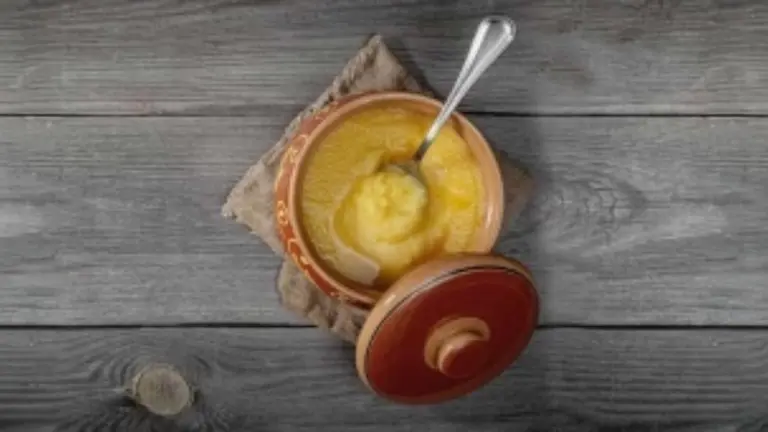When it comes to rotis or any other type of bread, freshness is generally preferred for taste and texture. Fresh rotis are soft, pliable, and have a pleasant aroma. However, there is a common belief that stale rotis, which have hardened and become less appealing, may offer certain health benefits. In this article, we will explore the notion of whether stale rotis are healthier than fresh ones.
Stale roti is typically made from whole wheat flour, which is known for its nutritional value. Whole wheat flour contains the bran, germ, and endosperm of the grain, providing a good balance of fiber, vitamins, minerals, and healthy fats.
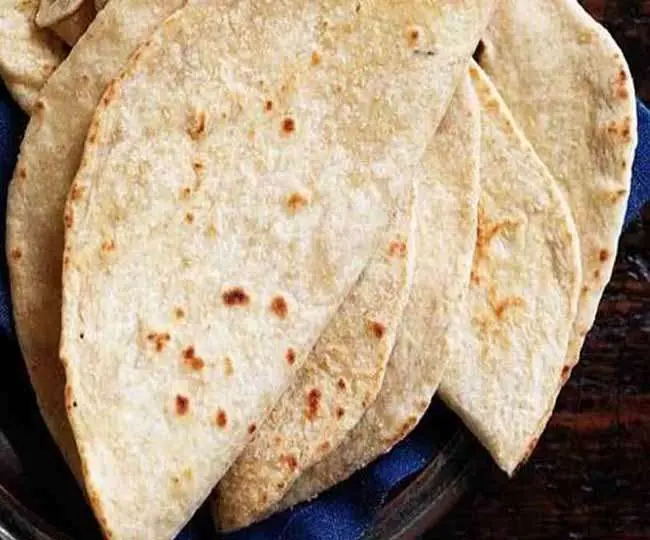
Let’s consider some factors to determine whether stale rotis are indeed healthier
- Fiber Content: Stale rotis, made from whole wheat flour, may have a slightly higher fiber content compared to fresh rotis. Fiber is an essential nutrient that aids in digestion, helps regulate blood sugar levels, and promotes satiety. The aging process of bread can lead to some moisture loss, resulting in a denser texture. Also, it has potentially higher fiber concentration. However, the difference in fiber content between stale and fresh rotis is generally minimal.
- Glycemic Index: The glycemic index (GI) measures how quickly a food raises blood sugar levels. Stale rotis, due to their denser texture, may have a lower glycemic index compared to fresh rotis. Foods with a lower GI are digested more slowly, leading to a more gradual release of glucose into the bloodstream. This can be beneficial for blood sugar control and may help prevent spikes in insulin levels. However, the impact of aging on the glycemic index of roti is not significant enough to be a major factor in determining their overall health benefits.
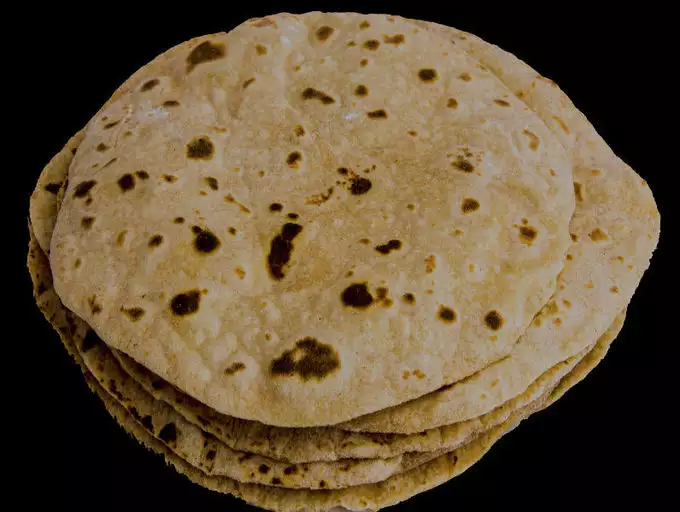
- Nutrient Retention: Over time, the nutrient content of bread can degrade due to exposure to air, light, and moisture. Stale roti may have slightly lower levels of certain heat-sensitive vitamins, such as vitamin C and some B vitamins, compared to fresh roti. However, the nutrient loss during the short period of staleness is generally minimal. It is not a significant factor in determining overall nutritional value.
Some more factors
- Anti-Nutrients: Stale roti, especially if stored improperly, may be prone to the growth of mold or bacteria. Consuming bread that has gone bad can lead to foodborne illnesses and should be avoided. Therefore, it is crucial to store roti properly in airtight containers or refrigerate them to prevent spoilage.
- Taste and Texture: While nutritional content is important, the enjoyment of food is also a significant factor. Fresh rotis are typically more palatable, with a softer texture and pleasant aroma. Stale roti, on the other hand, can be dry, hard, and less appealing. This can affect the overall eating experience and may lead to reduced consumption.
Conclusion
In conclusion, while stale rotis may have a slightly higher fiber content and potentially a lower glycemic index compared to fresh rotis. The differences are generally minimal. The nutritional value of bread, whether fresh or stale, primarily depends on the quality of the ingredients used and the overall dietary context. It is important to note that stale rotis can lose their freshness and become less appetizing. It potentially leads in reduced consumption and lower nutrient intake. Therefore, it is generally recommended to consume fresh roti for their better taste, texture, and overall enjoyment. If you prefer to incorporate more fiber into your diet, consider opting for whole wheat flour and adding other high-fiber ingredients to your roti, such as seeds or grains.
(Disclaimer: The information given here is based on general information. Before adopting it, definitely take medical advice. THE MONK does not confirm this.)

